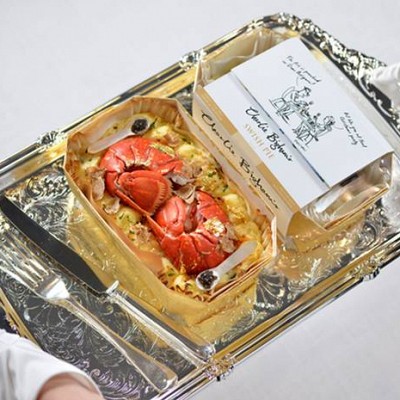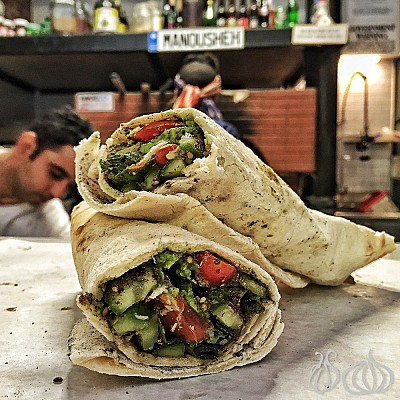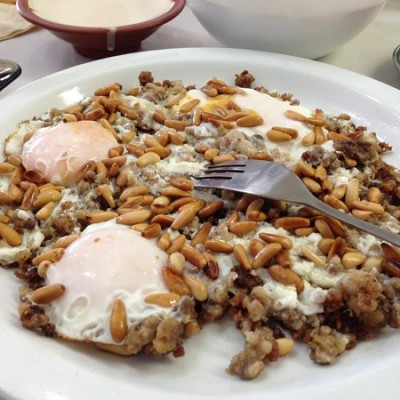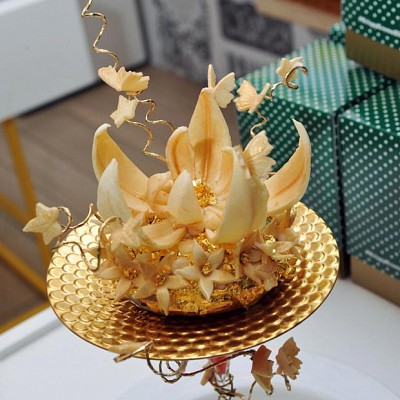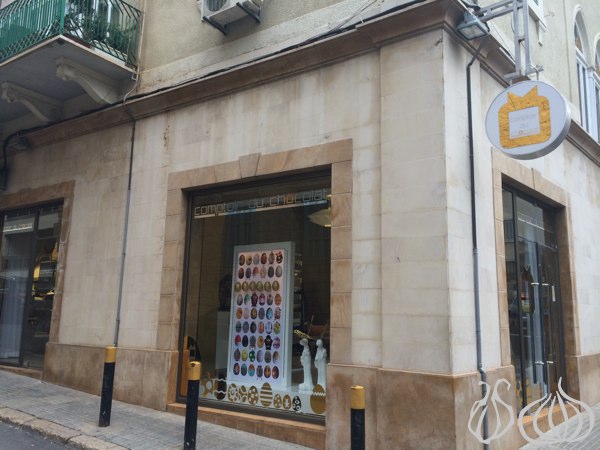Let’s think about this for a second… How hard is it to enjoy a zaatar mankoushi without the inconvenience of a heart-burn … My worst nightmare… and if it's not a heart burn you’re suffering from, it's definitely going to be the feeling of being bloated and heavy… But I love having a mankoushe, who doesn’t actually… Until I discovered the Jordanian thyme mankoushe from Al Saniour, located in Antelias.
Lately, we order a big selection of manakeesh – cheese, thyme…and have the whole family over for breakfast during the weekend. Zaatar Ordoni is my favorite choice, especially after trying all the zaatar types Al Saniour has to offer… Although they are all good…
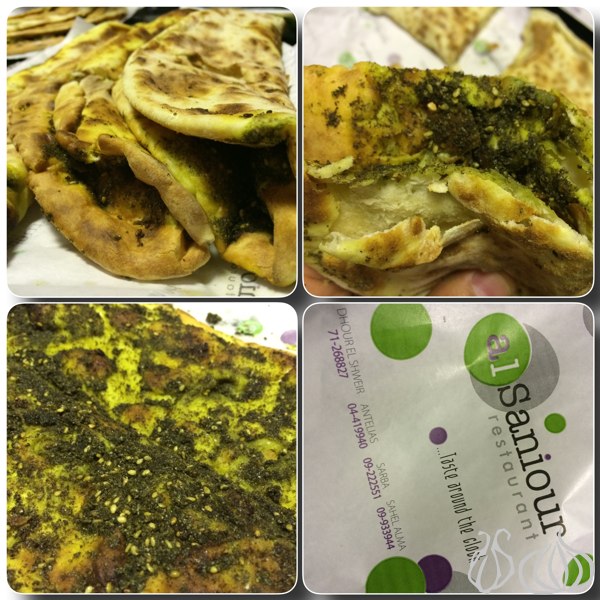
Let's start by a quick overview:
- Manakish:
These are popular Levantine food consisting of dough topped with thyme, cheese, or ground meat. Similar to a pizza, it can be sliced or folded, and it can either be served for breakfast or lunch. The word mannish is the plural of the Arabic word manq?shah (from the root verb naqasha 'to sculpt, carve out'), meaning that after the dough has been rolled flat, it is pressed by the fingertips to create little dips for the topping to lie in. Traditionally, Levantine women would bake dough in a communal oven in the morning, to provide their family with their daily bread needs, and would prepare smaller portions of dough with different toppings for breakfast at this time.
- Za'atar:
The most popular form of mannish uses za'atar as a topping. The zaatar is mixed with olive oil and spread onto the bread before baking it in the oven. It is a favorite breakfast preparation in Levantine cuisine. It is also served by Levantine cooks as part of a mezze, or as a snack with a glass of mint tea and feta cheese on the side. Za'atar is a generic name for a family of related Middle Eastern herbs from the (oregano), Calamintha (basil thyme), Thymus, and Satureja (savory). The name za'atar alone most properly applies to Origanum syriacum. It is also the name for a condiment made from the dried herbs, mixed with sesame seeds, dried sumac, and often salt, as well as other spices. Used in Arab cuisine, both the herb and spice mixture are popular throughout the Middle East. Back to tasting... Al Saniour has a selection of four different kinds of Zaatar Manakeesh: Local, Syrian, Armenian and and the Jordanian one. My favorite to date is the Jordanian one.
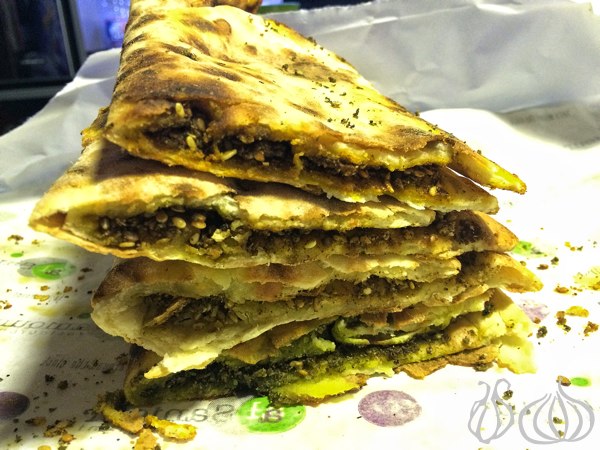
Al Saniour Variations:
- Zaatar Baladi: The Zaatar Baladi is the strongest in flavor. Light brown in color with thyme mixed with sesame seeds, a lot of it. With an acidic feel, this one is guaranteed to give you a heart-burn for those who have sensitive stomachs.
- Zaatar Halabi: The Zaatar Halabi is reddish in color with a lighter flavor. It’s dull in taste in my opinion. If you want to taste something close to the Lebanese one without the strong acidity, this is a good choice
- Zaatar Armani: Strong in color, the dough even gets tinted. The Armenian zaatar is way too spicy. I wouldn’t start my day with something that spicy, which covers the taste of zaatar; It’s unpleasant to eat. It’s a ‘No’ for me
- Zaatar Ordoni: The Zaatar Ordoni is my favorite. Comparable to none, this light green colored Zaatar is so light, so fresh and filled with many enjoyable flavors that will keep an interesting aftertaste in your mouth.
Now the dough: None of the above kinds of zaatar would have been enjoyable if not laid on a nice unique dough. The manakeesh at Al Saniour are bigger in size than the average local out there… light, soft, tender, pleasant and crunchy every piece melts tastefully in your mouth… Again, in my opinion, the Ordoni dough is the best of all since the Zaatar used doesn't harden it. And their price is reasonable, exactly like the others but Al Saniour's portion is bigger.
Have you try it? Do you recommend it? I'd love to know.

































